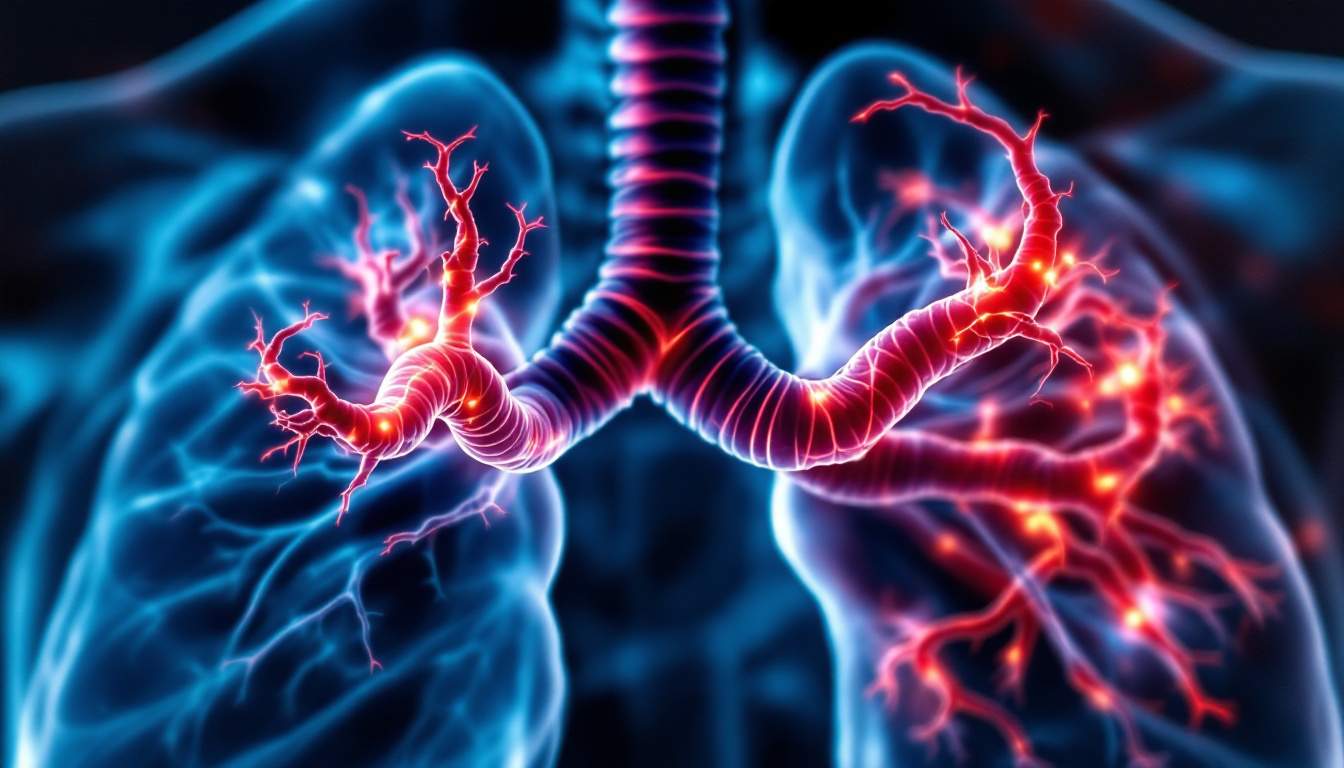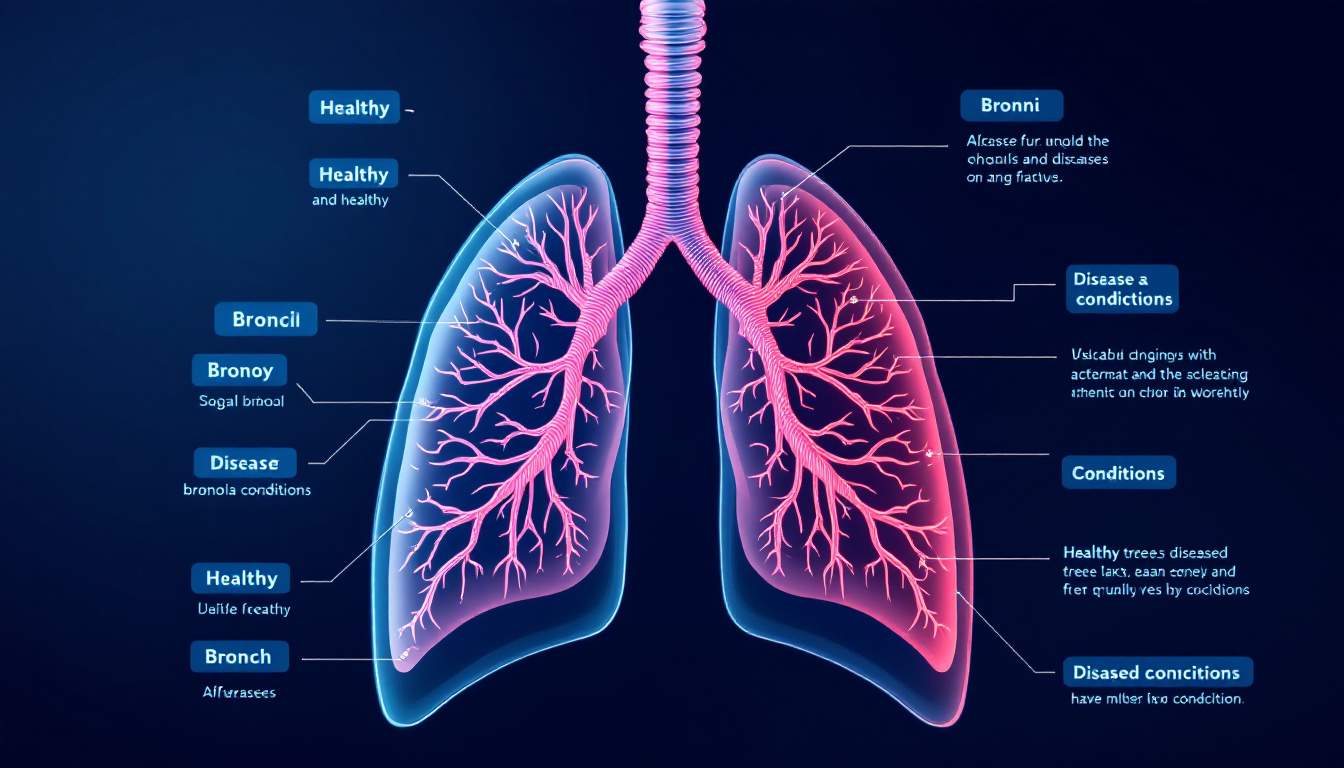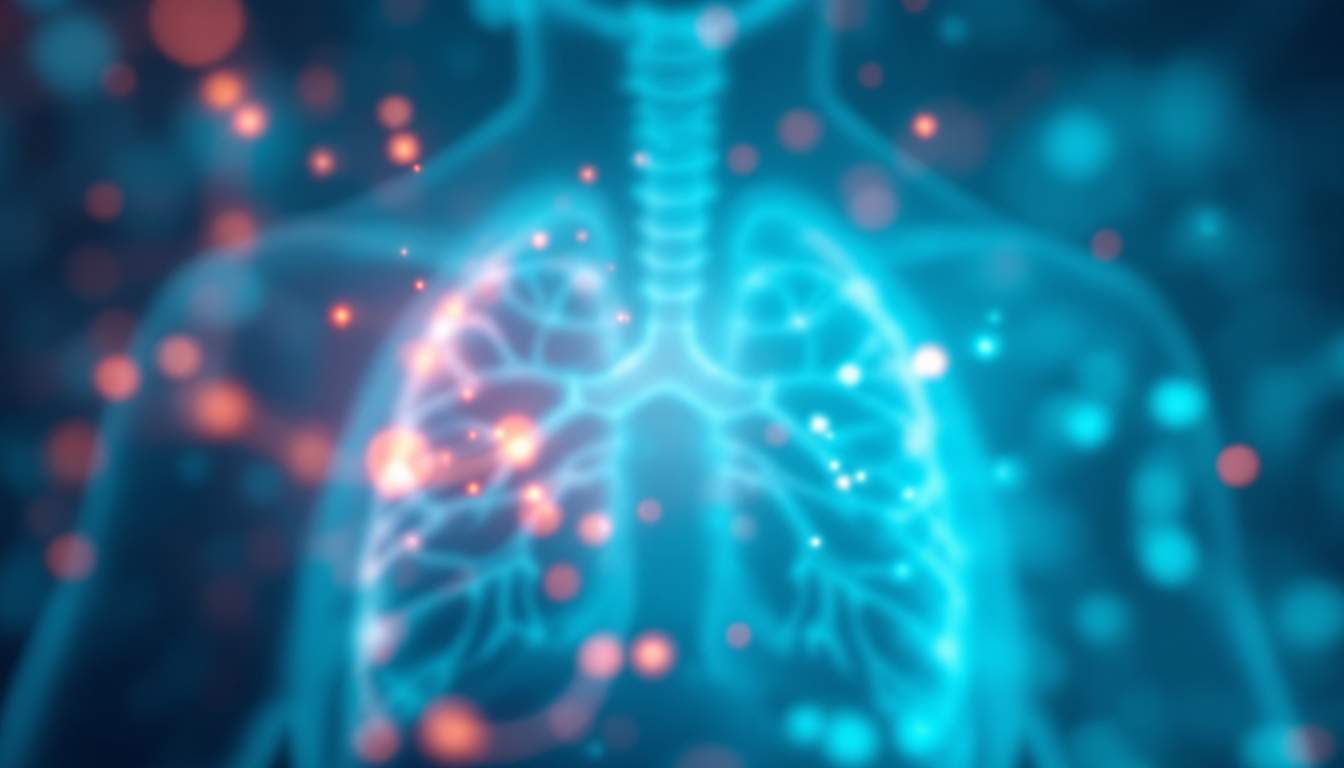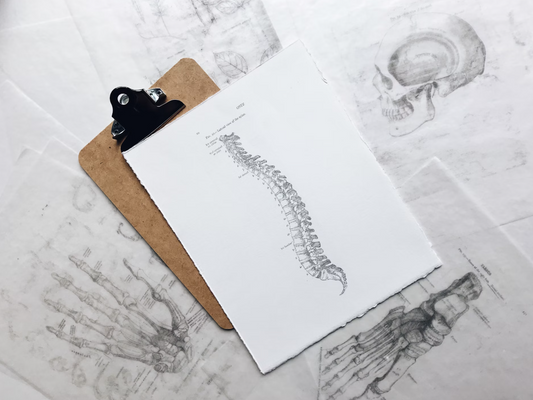Glossary: What are the Bronchi
The bronchi are vital components of the respiratory system that play a crucial role in our ability to breathe efficiently. This article aims to explore the bronchi in depth, providing a thorough understanding of their function, structure, role in respiration, associated diseases, diagnostic procedures, treatments, and ways to maintain their health.
Understanding the Basics of Bronchi
The bronchi are the air passages that branch off from the trachea and lead into the lungs. They serve as conduits for air, facilitating the exchange of oxygen and carbon dioxide, thereby playing a significant role in our respiratory function.
Definition and Function of Bronchi
To understand bronchi better, it is essential to define them. The term "bronchi" refers to the plural form of "bronchus." The primary bronchus divides into smaller branches called secondary bronchi, and these further divide into even smaller segments called tertiary bronchi. The primary function of the bronchi is to carry air to and from the lungs during inhalation and exhalation.
This function is vital because it allows oxygen-rich air to enter the lungs while facilitating the expulsion of carbon dioxide, a waste product of metabolism. Without functioning bronchi, our ability to breathe would be severely compromised. In addition to their primary role in air passage, the bronchi also play a critical part in regulating airflow and protecting the lungs from irritants. When we inhale, the bronchi can constrict or dilate to control the volume of air entering the lungs, which is particularly important during physical exertion or in response to environmental changes.
The Structure of Bronchi
Structurally, bronchi comprise cartilage rings, smooth muscle, and mucous membranes. These components work together to maintain the integrity of the airway and ensure the easy passage of air. The cartilage provides support to prevent the bronchi from collapsing, while the smooth muscle allows for flexibility and adjustment according to the body’s needs.
The lining of the bronchi is covered with cilia and mucus-secreting cells, which play an essential role in trapping dust, pathogens, and other particulates from entering the lungs. This defense mechanism is part of the respiratory system's innate ability to keep the airways clean and free from harmful substances. Additionally, the bronchi are lined with a rich supply of blood vessels that help warm and humidify the incoming air, making it more suitable for the delicate tissues of the lungs. This process is crucial, especially in colder climates, where inhaled air can be significantly cooler and drier than body temperature, potentially causing irritation to the respiratory tract.
The Role of Bronchi in the Respiratory System
The bronchi serve more than just a transportation function; they are integral to the respiratory system’s overall mechanics. Understanding their role can provide insight into how our bodies work to maintain efficient breathing.
Bronchi and Breathing Process
During inhalation, air travels down from the trachea into the primary bronchi, then branches off into the secondary and tertiary bronchi, ultimately reaching the alveoli, where oxygen exchange occurs. The bronchi help manage airflow and pressure, ensuring that air reaches the lungs efficiently.
During exhalation, the process reverses as the bronchi help channel carbon dioxide-laden air back out of the lungs and into the atmosphere. Thus, the bronchi function crucially in maintaining the cycle of respiration—bringing in oxygen and expelling carbon dioxide.
Bronchi and Oxygen Exchange
Although the bronchi themselves are not directly involved in the exchange of gases, they play an essential role in guiding air to the alveoli, where this exchange happens. The alveoli are tiny air sacs surrounded by capillaries, where oxygen is absorbed into the bloodstream, and carbon dioxide is expelled. If the bronchi are obstructed or inflamed, it can hinder this process and lead to respiratory distress.
Additionally, the health of the bronchi directly influences overall lung function. Conditions affecting the bronchi can create a ripple effect, impacting oxygen delivery and carbon dioxide removal throughout the body. For instance, bronchitis, characterized by inflammation of the bronchi, can lead to chronic coughing and mucus production, which can significantly reduce airflow and impair the respiratory process. This condition not only affects the bronchi but can also lead to complications in the alveoli, where the critical gas exchange occurs.
Moreover, the bronchi are lined with a layer of mucus and cilia that serve as a defense mechanism against pathogens and irritants. This mucociliary escalator helps trap dust, allergens, and microbes, preventing them from reaching the delicate alveoli. When the bronchi are functioning optimally, they contribute to a robust immune response, protecting the lungs from infections and maintaining overall respiratory health. However, exposure to pollutants, smoke, or allergens can compromise this defense, leading to chronic conditions like asthma or chronic obstructive pulmonary disease (COPD), which can severely impact quality of life and respiratory efficiency.
Common Diseases and Conditions of the Bronchi
Various diseases can affect the bronchi, leading to significant health issues. Understanding these conditions can help in recognizing symptoms and seeking timely medical intervention.

Bronchitis: An Inflammation of the Bronchi
Bronchitis is typically categorized as either acute or chronic. Acute bronchitis is often caused by viral infections and characterized by a sudden onset of coughing, mucus production, and wheezing. It usually resolves within a few weeks.
Chronic bronchitis, on the other hand, is a long-term condition primarily associated with smoking and exposure to irritants. It involves persistent inflammation, leading to a continual cough, excess mucus production, and difficulty in breathing. Managing chronic bronchitis often requires lifestyle changes and medical interventions.
In addition to smoking, other risk factors for chronic bronchitis include environmental pollutants, such as dust and chemical fumes, as well as a history of respiratory infections. Patients may benefit from pulmonary rehabilitation programs that focus on exercise, nutritional counseling, and education about managing their condition. Furthermore, vaccinations against influenza and pneumonia are crucial for preventing complications in individuals suffering from chronic bronchitis, as these infections can exacerbate their symptoms significantly.
Bronchiectasis: A Chronic Condition of the Bronchi
Bronchiectasis is a condition characterized by permanent enlargement and damage to the bronchi, resulting from repeated infections or obstructions. This damage leads to the accumulation of mucus, making it challenging for individuals to clear their airways effectively.
The symptoms of bronchiectasis may include a chronic cough, sputum production, shortness of breath, and frequent lung infections. Treatment typically focuses on reducing infections, clearing mucus, and managing symptoms to improve quality of life.
In many cases, bronchiectasis can be linked to underlying conditions such as cystic fibrosis, immune deficiencies, or certain autoimmune diseases. Patients often require a comprehensive treatment plan that may include antibiotics to manage infections, bronchodilators to open airways, and mucolytics to thin mucus. Regular follow-up with healthcare providers is essential to monitor lung function and adjust treatment as necessary. Additionally, lifestyle modifications, such as staying hydrated and practicing airway clearance techniques, can significantly enhance the management of bronchiectasis and help patients lead more active lives.
Diagnosis and Treatment of Bronchial Conditions
Accurate diagnosis of bronchial conditions is crucial for effective treatment. Healthcare providers employ various diagnostic techniques to evaluate the health of the bronchi.

Common Diagnostic Procedures for Bronchial Conditions
Some of the most common diagnostic procedures include:
- Chest X-rays: Used to visualize any abnormalities in the lungs and bronchial structures.
- CT Scans: Provide detailed images of the bronchial passages, helping to identify inflammation, obstructions, or other conditions.
- Pulmonary Function Tests: Evaluate lung capacity and how well the bronchi are functioning, measuring airflow limitations.
These tests help healthcare providers determine the presence and severity of any bronchial issues, guiding them toward the appropriate treatment plan. In addition to these standard diagnostic methods, healthcare professionals may also utilize bronchoscopy, a procedure that allows direct visualization of the airways using a thin, flexible tube equipped with a camera. This technique can be particularly useful for obtaining tissue samples for biopsy, which can aid in diagnosing conditions such as bronchial cancer or chronic infections. Furthermore, the use of exhaled nitric oxide tests can help assess airway inflammation, providing insight into conditions like asthma.
Treatment Options for Bronchial Diseases
Treatment options for bronchial diseases vary based on the specific condition but commonly include:
- Medications: Bronchodilators and corticosteroids are often prescribed to relieve symptoms and reduce inflammation.
- Antibiotics: May be necessary if a bacterial infection is present.
- Lifestyle Modifications: Quitting smoking, avoiding pollutants, and maintaining a healthy diet can significantly impact bronchial health.
In severe cases, more advanced interventions such as pulmonary rehabilitation or even surgery may be required to restore lung function. Additionally, emerging therapies such as biologics are gaining traction in the management of chronic bronchial diseases like asthma and chronic obstructive pulmonary disease (COPD). These targeted treatments aim to modify the underlying inflammatory processes, offering a new avenue for patients who do not respond adequately to traditional therapies. Moreover, ongoing research into the role of environmental factors, such as air quality and allergens, continues to shape treatment approaches, emphasizing the importance of a holistic view in managing bronchial health.
Maintaining Bronchial Health
Preventing bronchial diseases is just as important as treating them. Leading a healthy lifestyle can significantly reduce the risk of developing bronchial conditions.

Lifestyle Changes for Healthy Bronchi
Implementing lifestyle changes can help keep the bronchi healthy, including:
- Avoiding Smoking: Smoking cessation is perhaps the most significant step anyone can take to improve bronchial health.
- Staying Active: Regular exercise promotes better lung function and overall health.
- Hydration: Drinking plenty of water helps keep mucus thin, making it easier to expel.
Adopting these practices empowers individuals to take charge of their bronchial health proactively. Additionally, incorporating a diet rich in antioxidants, such as fruits and vegetables, can help combat oxidative stress in the lungs. Foods high in omega-3 fatty acids, like fish and flaxseeds, may also play a role in reducing inflammation in the airways. These dietary choices not only support bronchial health but also contribute to overall wellness, enhancing the body's ability to fend off infections and diseases.
Medical Interventions for Bronchial Health
In addition to lifestyle changes, regular medical check-ups can help in early detection and management of bronchial issues. Vaccinations, such as those for influenza and pneumonia, can also be crucial in preventing respiratory infections that can affect the bronchi.
Moreover, for those with chronic conditions, following a tailored treatment plan can make a significant difference. Working closely with healthcare providers ensures that individuals receive the necessary monitoring and care for their bronchi. Pulmonary rehabilitation programs, which include exercise training, nutritional advice, and education on lung health, can be particularly beneficial for individuals with chronic obstructive pulmonary disease (COPD) or asthma. These programs not only improve lung function but also enhance quality of life by teaching patients how to manage their symptoms effectively.
In conclusion, understanding the bronchi, their function, and how to maintain their health is vital for overall well-being. By embracing healthy habits and seeking medical advice when necessary, we can support our respiratory system and promote a healthier, more active life.
As you prioritize your bronchial health and take proactive steps towards better respiratory well-being, consider the innovative solution offered by Alveo. With the world's first Continuous Respiratory Wearable, Alveo empowers you to gain deeper insights into your breathing patterns, understand the environmental influences on your respiration, and access personalized breathing routines tailored to your lung capacity. Experience the lightness and comfort of this everyday wearable while benefiting from real-time respiratory monitoring and alerts. Take the first step towards enhancing your respiratory health by signing up on our waiting list today and be among the first to embrace a more informed and active lifestyle with Alveo.




